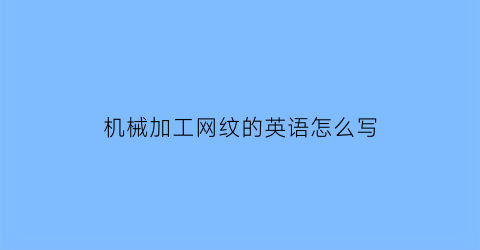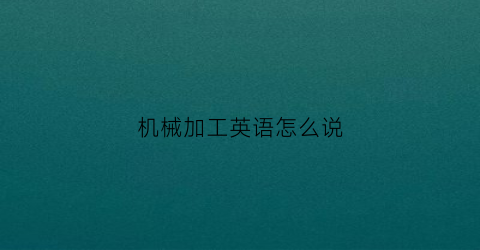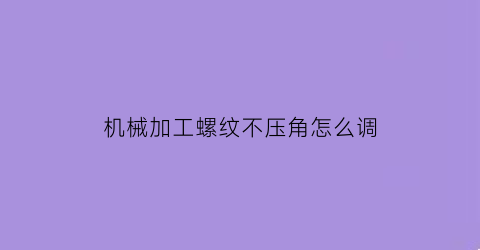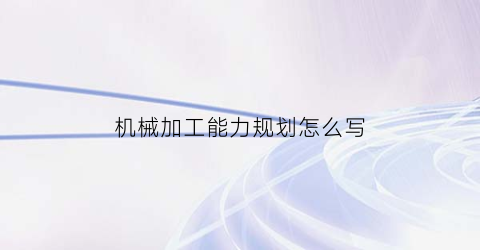现在让我们来深入了解机械加工网纹的英语怎么写这个问题,以及如何应对。
Introduction
Machining is a process of shaping materials by removing unwanted parts through cutting, drilling, and milling. One of the common machining techniques is to create a pattern on the surface of the material using a tool called a broaching machine. This pattern is known as a "web pattern" or "broach marks."

The Broaching Process
The broaching process involves pushing or pulling a broach tool across the surface of the material, creating a series of teeth or ridges in the pattern. The teeth on the broach tool are designed to cut away small amounts of material with each pass, gradually forming the desired web pattern.
The Importance of Web Patterns
Web patterns serve several purposes in machining operations. First, they can be used to add texture or grip to surfaces that might otherwise be slippery or difficult to hold onto. Second, they can help reduce friction between moving parts by creating small channels for lubrication to flow through. Finally, web patterns can simply add an aesthetic element to an otherwise plain surface.
Tips for Achieving High-Quality Web Patterns
To achieve high-quality web patterns during machining operations, there are several key factors to consider. First, selecting the right type and size of broaching tool is essential for creating the desired pattern and achieving uniformity across the entire surface. Second, controlling the speed and pressure at which the broaching tool moves across the surface is critical for achieving consistent results. Finally, maintaining proper lubrication throughout the process can help prevent damage to both the material being machined and the broaching tool itself.
Conclusion
In conclusion, web patterns are an important aspect of many machining operations and can serve both functional and aesthetic purposes. By understanding the broaching process and following best practices for achieving high-quality results, machinists can create precise and uniform web patterns on a wide range of materials.







